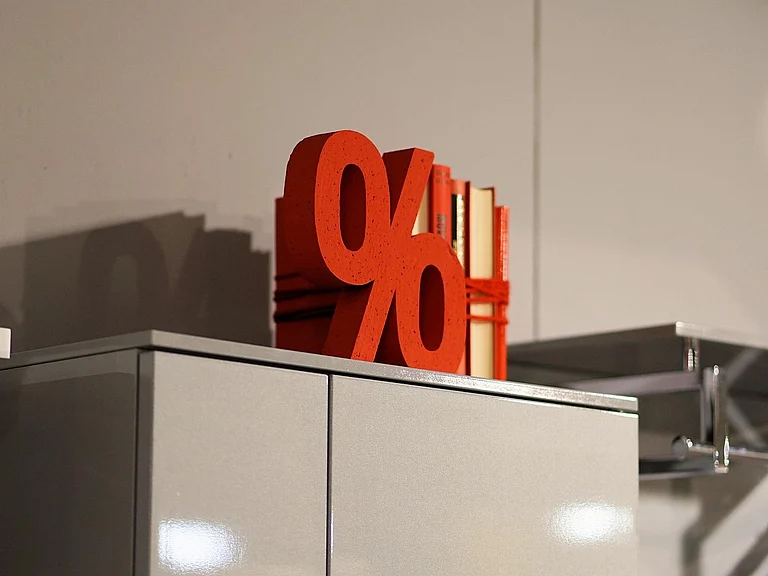The year 2024-25 was a landmark year for India's securitisation market, with total volumes gaining an all-time high of Rs 2.35 lakh crore.
Private Banks Drive Record Rs 2.35 Lakh Crore Securitisation In FY25
Securitisation volumes reached a record Rs 2.35 lakh crore in FY25, driven by private banks and investor demand for pass-through-certificates, up more than 24 per cent than the previous financial year
That is 24 per cent more than the Rs 1.8 lakh crore seen in the previous financial year which had seen a weak 5 per cent growth over FY23.
Private sector banks were the major drivers of this growth, becoming major drivers of loan pool sales during the year.
What is Securitisation
Securitisation is a form of funding where a lender consolidates a group of loans—business loans, house loans, car loans, or consumer loans—and re-sells them to investors.
The lender receives initial capital upfront, and the investor earns returns as the loan takers repay their loans. It is normally controlled through two frameworks:
Pass-Through Certificates (PTCs): Here, a trust is transferred a pool of loans, and the trust certifies the investors. The investors bear credit risk and are given a return according to the proportionate cash flows from the loan repayment.
Direct Assignments (DAs): This is a simpler route where one institution simply transfers a portfolio of loans directly to another, less regulated, but lacking the pass-through facility.
Securitisation benefits lenders by providing better liquidity, managing risk exposure, and satisfying regulatory requirements. It offers an instrument of diversifying the portfolio to investors, institutional ones in particular, as well as by providing exposure to relatively certain cash flows—although risk levels are influenced by the quality of the underlying loans.
Year In Review: FY25
Despite a record annual performance, the fourth quarter of FY25 (Jan-Mar 2025) saw a slowdown.
Fourth-quarter issuances were Rs 58,000 crore, lower than Rs 63,000 crore in Q3 and Rs 70,000 crore in Q2. This sequential 21 per cent decline was primarily on account of weaker disbursements by some non-banking financial companies (NBFCs), reflecting increasing stress in the unsecured loan segment.
Rating agencies, such as Care Ratings, have pointed out that some lenders turned risk-averse, especially with the experience of rising delinquencies in retail loans and small-ticket commercial business loans. Therefore, many NBFCs exercised restraint in new disbursements and securitisation drives during the period.
Yet, PTCs overtook DAs in FY25. Issuance of PTCs amounted to Rs 1.29 lakh crore, whereas the same was Rs 1 lakh crore through the DA route. This is a shift in the investor preference with PTCs offering better structural protection in the face of growing concerns regarding credit risk.
Investor Demand for Unsecured Loans Remains Stable
Unsecured asset classes, led by consumer and commercial unsecured loans, accounted for about 35 per cent of overall PTC volumes in the March quarter, the same as was witnessed during the December quarter.
Despite broad market caution, investor appetite was not derailed, with solid credit enhancement elements as well as granular structures of portfolios lending support.
All segments, however, did not behave similarly. Low-rated microfinance institution (MFI) issuances were scattered, and highly rated MFIs alone remained strong in the market.
Asset-backed securitisation (ABS)–mostly car and consumer durables loans—hit the market, covering nearly 84 per cent of collective PTC volume, according to Care Ratings figures. As against that, mortgage-backed securitisation fell to 10 per cent. MFIs contributed 6 per cent to the entire PTC market.
The higher percentage of PTCs and consistent demand for unsecured loans show that investors are willing to take higher risk, provided there are adequate structural safeguards.
But the deceleration in the fourth quarter is a signal for caution. With increasing anxiety over unsecured lending, especially with the Reserve Bank of India (RBI) potentially tightening the norms, trends in the securitisation market may see further shifts in FY26.
It will mainly depend on how much NBFCs are able to reduce fears of credit quality and institutional investors continue to be starved for more complex, riskier pools.
